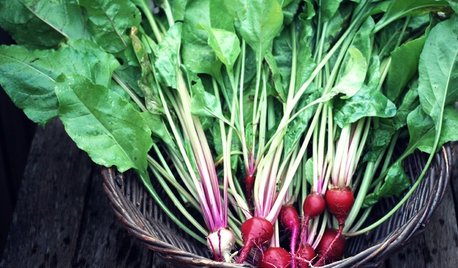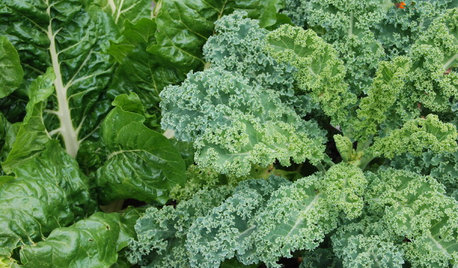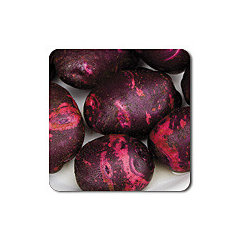Last Hard Frost Date?
ejr2005
12 years ago
Featured Answer
Comments (29)
ejr2005
12 years agoRelated Professionals
Lowell Landscape Architects & Landscape Designers · Marina Landscape Architects & Landscape Designers · Brookside Landscape Contractors · Peoria Landscape Contractors · Pikesville Landscape Contractors · Siloam Springs Landscape Contractors · Tinton Falls Landscape Contractors · Algonquin Decks, Patios & Outdoor Enclosures · Arbutus Decks, Patios & Outdoor Enclosures · Lebanon Decks, Patios & Outdoor Enclosures · Miami Decks, Patios & Outdoor Enclosures · Midwest City Decks, Patios & Outdoor Enclosures · Racine Decks, Patios & Outdoor Enclosures · Truckee Decks, Patios & Outdoor Enclosures · Eustis Decks, Patios & Outdoor Enclosuresmad_gallica (z5 Eastern NY)
12 years agoejr2005
12 years agoWendyB 5A/MA
12 years agoColleeninMHD 6a
8 years agoNHBabs z4b-5a NH
8 years agoprairiemoon2 z6b MA
8 years agoNHBabs z4b-5a NH
8 years agolast modified: 8 years agodefrost49
8 years agoprairiemoon2 z6b MA
8 years agolast modified: 8 years agoNHBabs z4b-5a NH
8 years agodefrost49
8 years agospedigrees z4VT
8 years agolast modified: 8 years agoprairiemoon2 z6b MA
8 years agolast modified: 8 years agoNHBabs z4b-5a NH
8 years agolast modified: 8 years agoprairiemoon2 z6b MA
8 years agodefrost49
8 years agoNHBabs z4b-5a NH
8 years agoprairiemoon2 z6b MA
8 years agolast modified: 8 years agoNHBabs z4b-5a NH
8 years agoprairiemoon2 z6b MA
8 years agodefrost49
8 years agokitasei
8 years agomad_gallica (z5 Eastern NY)
8 years agodefrost49
8 years agoprairiemoon2 z6b MA
8 years agolast modified: 8 years agospedigrees z4VT
8 years agodefrost49
8 years ago
Related Stories

HOUZZ TOURSMy Houzz: DIY Love Reforms a Dated Cape Ann Home
Handmade touches and classic neutrals transform a dark Massachusetts house into a beautiful home fit for a family
Full Story
INSIDE HOUZZHouzz Prizewinners Take a Bathroom and a Laundry From Dated to Dreamy
Janine Thomson enters a Houzz sweepstakes and wins a $50,000 design package from Lowe’s. See the ‘before’ and ‘after’ photos
Full Story
LIFEHard Winter? 9 Ways to Battle Cabin Fever
We know a lot of you are trapped where it just won’t stop snowing. Here are some ways to survive
Full Story
EDIBLE GARDENS8 Last-Minute Additions to a Summer Edible Garden
It’s not too late to get these vegetables and herbs planted for a bountiful harvest this year
Full Story
GARDENING GUIDESGot Frost-Damaged Plants? How It Happens, and When and How to Prune
Crispy brown leaves are a sure sign that Jack Frost has been to your neighborhood
Full Story
CONTAINER GARDENSBeat the Frost With Natural Terra-Cotta Containers
Here's how to protect your pots during the cold winter months
Full Story
FALL GARDENINGFrost-Hardy Foliage That Loves a Cold-Climate Garden
When winter cuts a bleak swath through other plants, these edibles and perennials flourish brilliantly
Full Story
HOUZZ TOURSMy Houzz: Hard Work Pays Off in a DIY Cottage Renovation
First-time homeowners roll up their sleeves and give their midcentury Montreal home an infusion of style and personality
Full Story
MY HOUZZMy Houzz: A Hat Collection in Los Angeles That’s Hard to Top
A makeup artist’s lifelong passion for designer hats lends eccentric charm to her apartment in the NoHo arts district
Full Story
POOLSSolstice Daydream Break: 10 Breathtaking Swimming Pools
Put Jack Frost's nipping out of mind with a virtual dip in 10 covetable Australian swimming spots
Full StorySponsored
Professional Remodelers in Franklin County Specializing Kitchen & Bath
More Discussions









pixie_lou